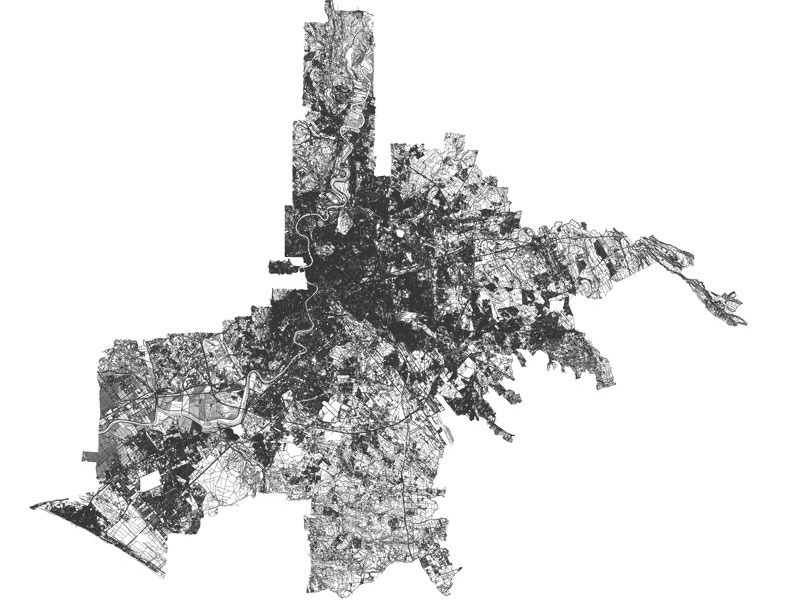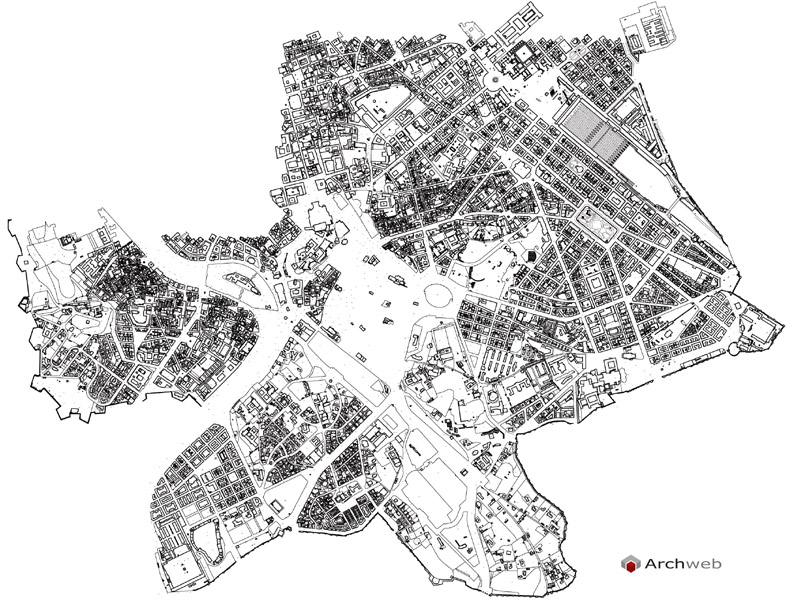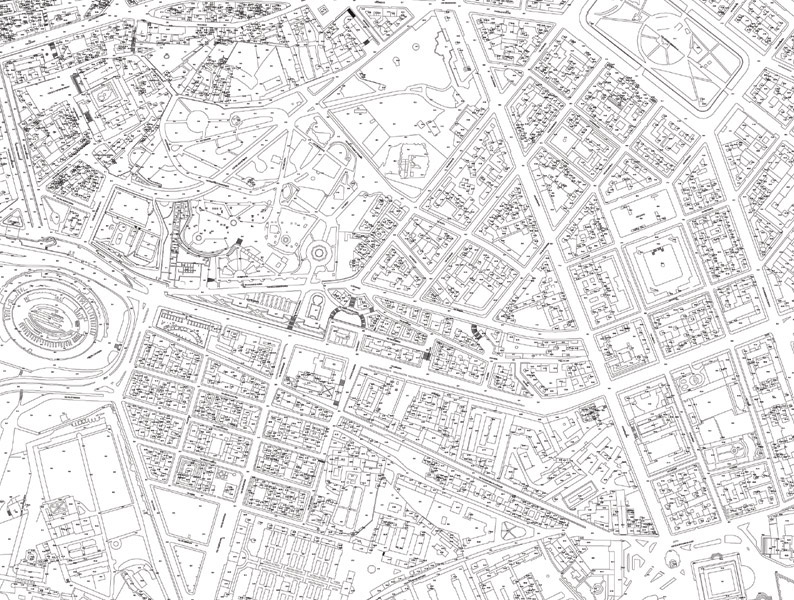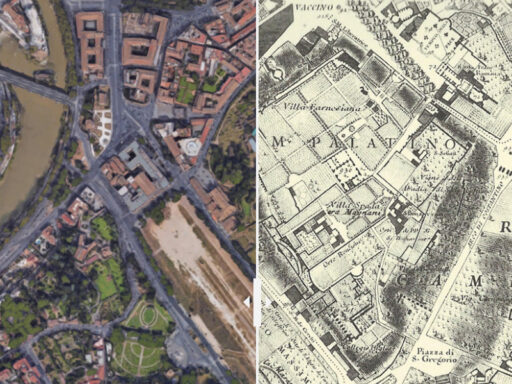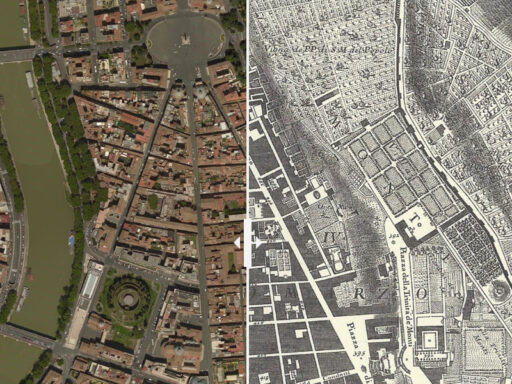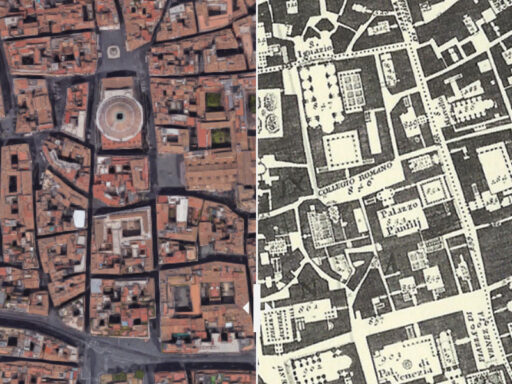Rome: the new face of the capital
Urban regeneration actions are planned involving 15 municipalities in the capital
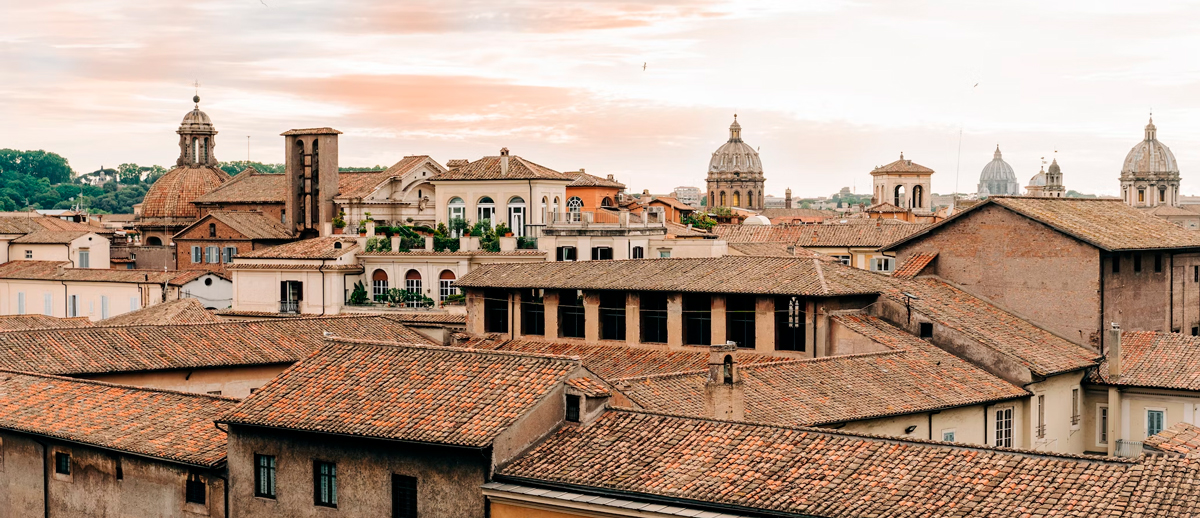
Rome is famous for its history, for the glory of the past that still today characterizes every corner of the splendid capital.
Every place oozes history and tells us about an ancient world made of beauty and magniloquence.
2023 is the year in which that season opens which will radically change the face of one of the most loved cities in the world.
Urban regeneration actions are planned which will affect 15 Municipalities of the Capital which will re-propose the model of the 15-minute city. The program provides for the allocation of 22.5 million euros, with the aim of reducing the differences between the various parts of the city and promoting an integrated system of connections that enhances existing realities, adding new ones in an eco-sustainable perspective.
The programme, developed in collaboration between the Department of Town Planning and the Department of Decentralization, Participation and Services to the Territory for the City of 15 Minutes, plans to regenerate a first series of 15 territorial areas, one for each Municipality. The areas were chosen for their representativeness at the local level: they are spaces capable of revitalizing and redeveloping the surrounding fabrics. In addition, priority objectives and strategic interventions to be implemented have been identified for each Municipality.
Alongside these macro interventions, the opening of premises intended for catering and fashion is planned, in the name of international luxury.
Furthermore, in February 2023, public interest in the feasibility study for the new Rome stadium was recognized.
The project presented involves an area of about 16 hectares in the Pietralata district and involves the construction of a facility that will host not only AS Roma home matches, but also other events and mass demonstrations.
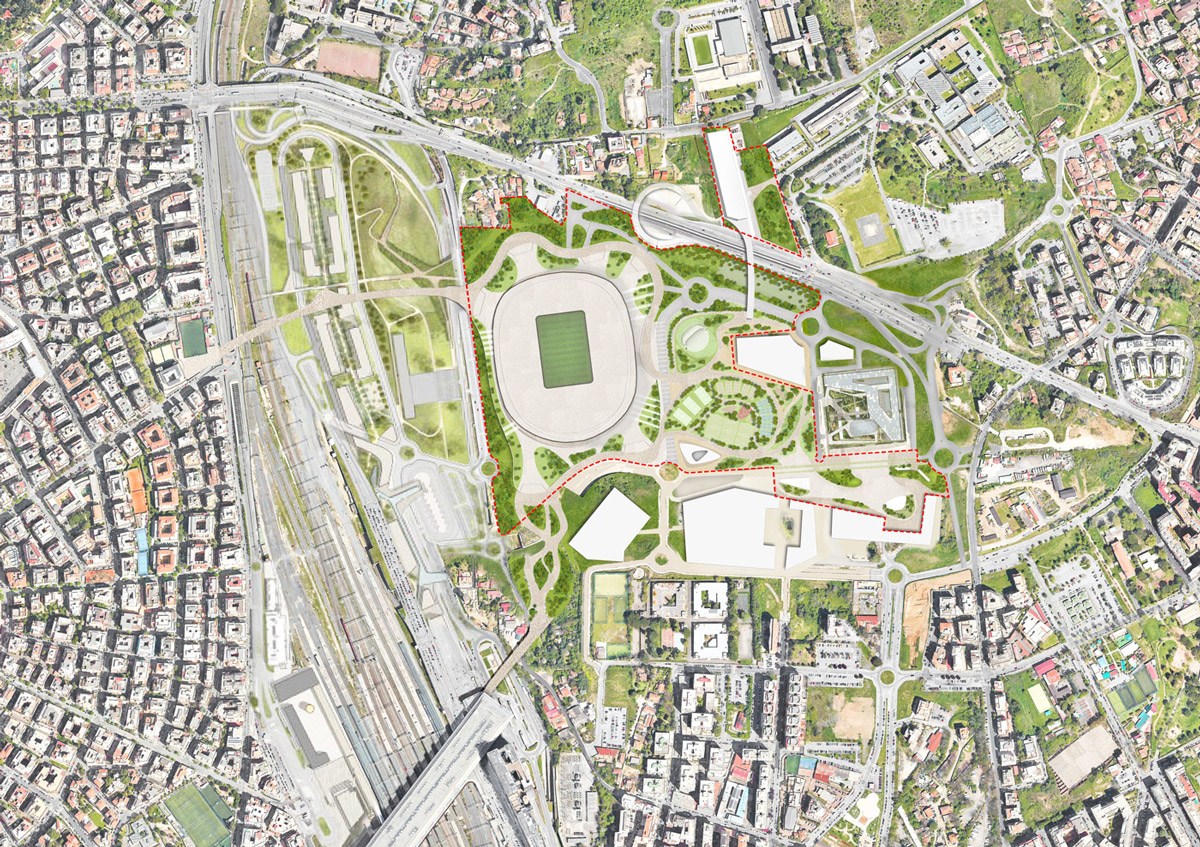
The goal is not only to give the city a new sports infrastructure, but to give the place the value of a strong city attraction. In fact, accommodation and wellness and entertainment facilities will be associated with the stadium, for a total cost of 528 million euros.
In 2024 the renovation works of the Stadio Olimpico and the restyling of the Baths of Caracalla area will start with spaces dedicated to cyclists, pedestrians and runners.
2025 will be the year of the Universal Jubilee of the Catholic Church, an event that concerns not only the religious community, but above all the interests and needs of the entire city. There will be 135 works to be completed, including: the Porta Metronia and Colosseum stations, the pedestrianization of via della Conciliazione up to Castel Sant’Angelo through the construction of an underpass, the construction of a pedestrian underpass in Piazza Risorgimento. We are also looking at sustainable mobility with the construction of new tram lines and the conclusion of the famous GRAB (Grande Raccordo Anulare of the Bikes).
The Rome of the future: the big names involved
A major restyling based on a design by Francesco Cellini will be implemented in Piazza Augusto Imperatore, a crossroads for tourists and Roman citizens. The first interventions will involve the southern side of the square and the arrangement of the same at the “archaeological level”, with the connection to the “urban level”. The intervention not only reconnects sections of the city that are not very usable, but will allow for continuity with Richard Meier’s Ara Pacis, currently one of the most visited places in the capital.
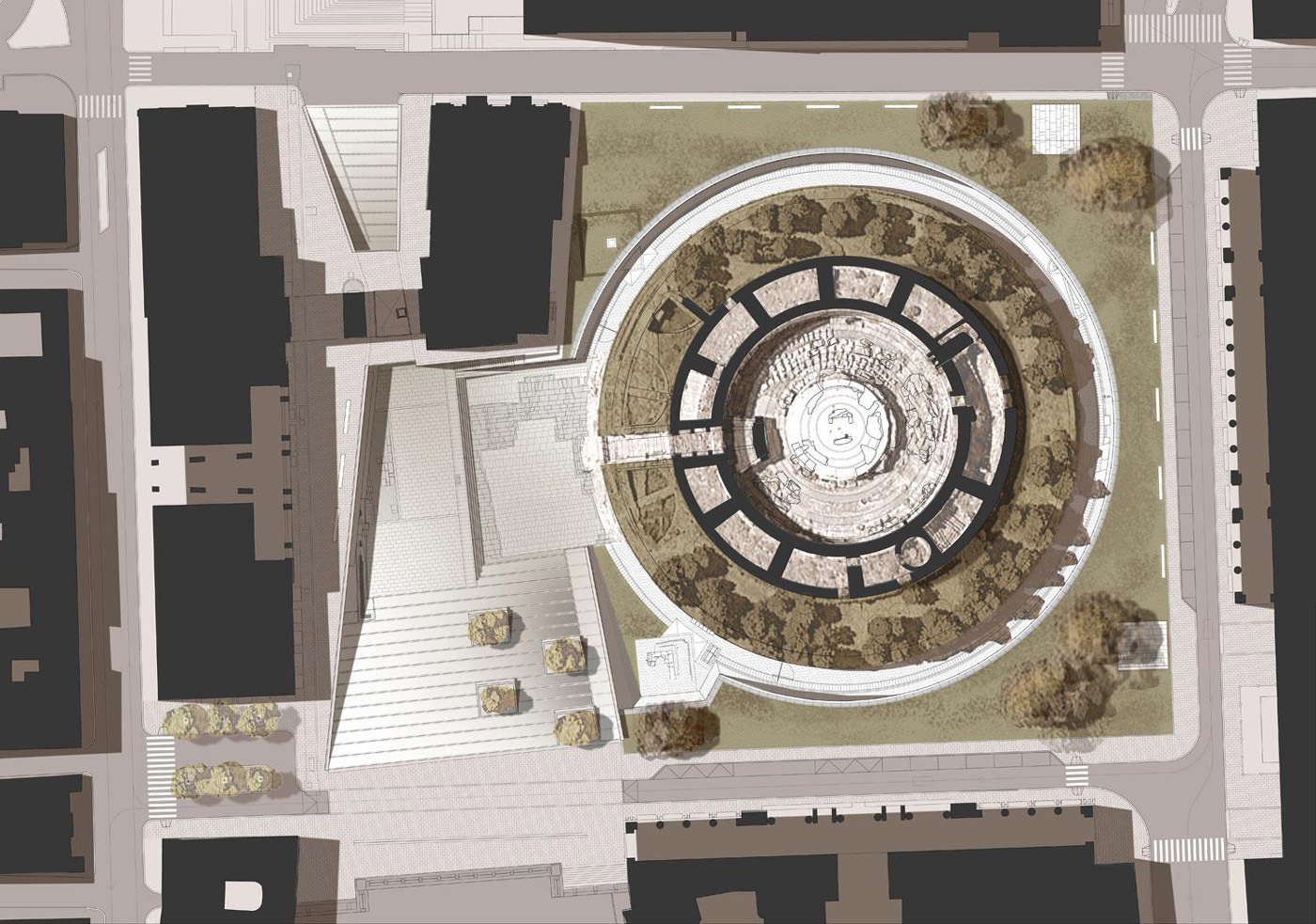
Among the projects that will start in the capital, there is the one for the City of Science by Paola Viganò which involves the construction of a structure perpendicular to Via Giulio Reni, with the continuation of the Piazza del MAXXI, thus creating a place that will become a large garden with collective facilities. A space of great breadth and permeability characterized by an alternation of gardens and public spaces.
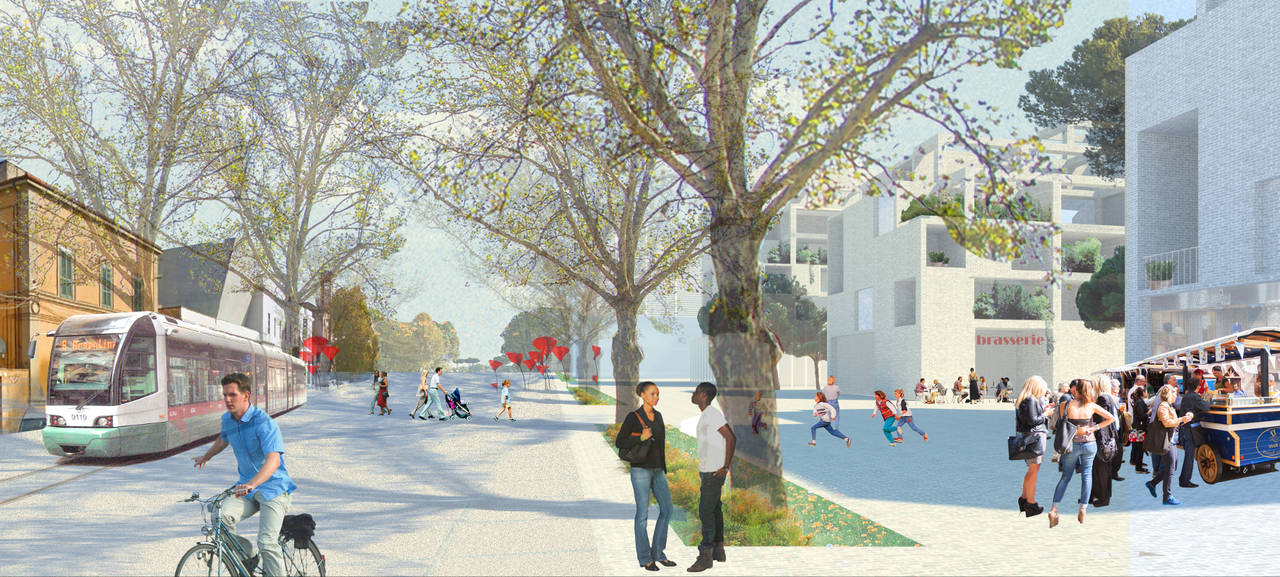
On the other hand, the wide-ranging transformation plan will be led by Stefano Boeri who will lead the “Roma050 Laboratory – the Future of the World Metropolis“, an 18-month laboratory that will support the Administration in putting the indications present in the various urban protocols into synergy that the city is adopting.
The Laboratory will be made up of under 35 designers with excellent academic courses in the urban-environmental field and with study and research experiences in Rome. The group will be coordinated by Stefano Boeri who will be joined by 4 international figures from different disciplinary fields (archeology, ecology, urban sociology, climate activism and urban economics) who will form the Guarantor Committee.
The goal is to define a wide-ranging and long-term strategic vision for the Rome of the future. “Laboratorio Roma 050” aims not only to face the most current challenges such as climate change, but also to activate national and international public participation and debate on the issues of transforming cities.
The 18-month workshop will be an opportunity to create an integrated and innovative vision that can give space to the construction of an urban regeneration model that focuses on the ecological transition and care of the territory.
In this regard, Stefano Boeri declares: “The decision to involve a group of young Roman architects and urban planners in this challenge, promoting a Laboratory that will dialogue with research centres, universities and the professional world, adds to my commitment a further and beautiful responsibility”.
In short, they will be intense years that will radically change the face of Rome.
© Archweb.com reserved reproduction – It is possible to share with a link to the page






























































